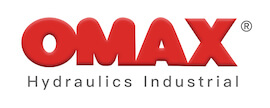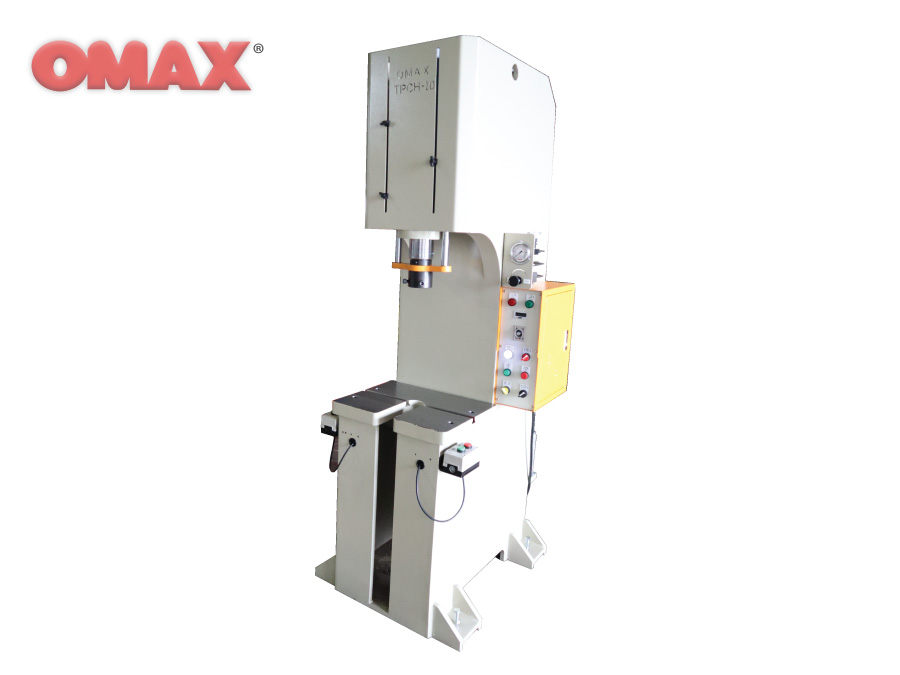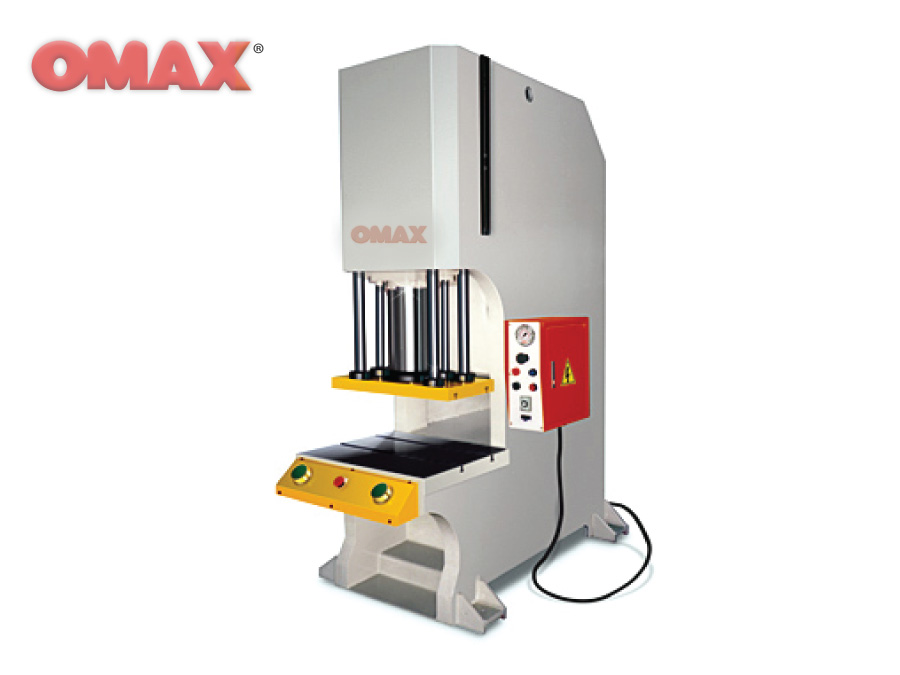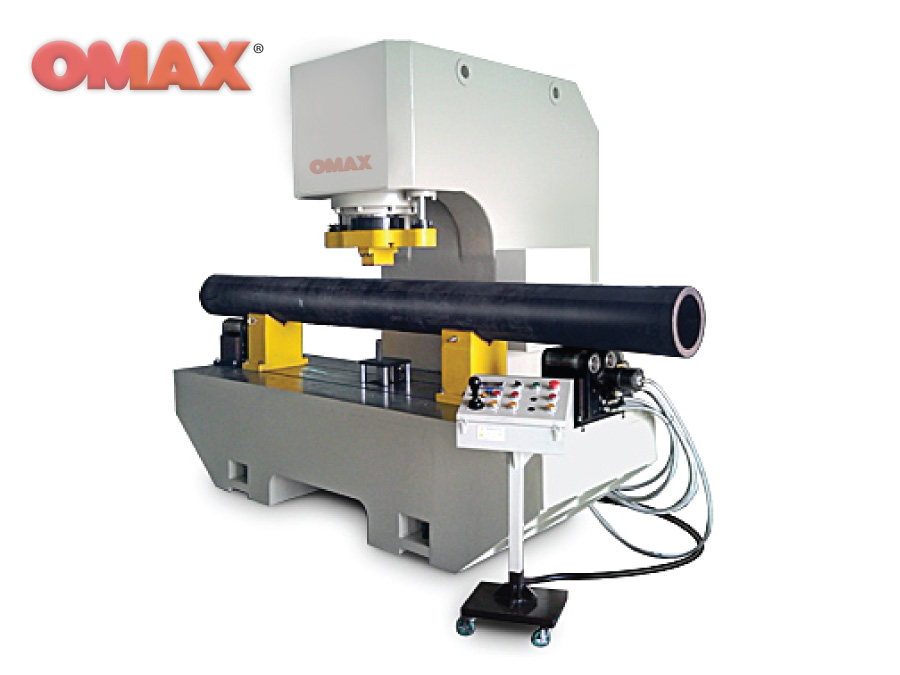What is a Hydraulic Press?
A hydraulic press is a device that uses a hydraulic cylinder to generate a compressive force. It leverages the hydraulic equivalent of a mechanical lever to apply significant force for tasks such as forging, clinching, moulding, blanking, punching, and metal forming.
Features
1. High load capacity
2. Precision pressure control
3. Robust construction
4. Safety mechanisms
5. Customizable stroke lengths and pressure settings
Functions
Hydraulic presses are used for crushing, bending, forming, and shaping various materials, including metals and plastics, typically in industrial settings.
How Does a Hydraulic Press Work?
It operates by using hydraulic oil, pumped into a cylinder above a piston, to create pressure that moves the piston, which then applies force to the object being worked on.
Why Need Hydraulic Press
Hydraulic presses are essential for tasks requiring substantial force, offering more power and control compared to mechanical presses, making them ideal for heavy-duty industrial applications.
Difference Between Pneumatic and Hydraulic Press
While pneumatic presses use air pressure for lighter, quicker operations, hydraulic presses use fluid pressure for greater force and control, making them suitable for heavier loads.
Advantages of OMAX Hydraulic Press
1. Superior power and pressure capability
2. Enhanced control for precision operations
3. Durable and robust, suitable for continuous industrial use
4. Energy-efficient operation
5. Custom configurations to fit specific industry needs
Applications
1. Molding of composite materials in aerospace.
2. Forging and die-casting in heavy machinery manufacturing.
3. Lamination processes in electronics.
4. Hot pressing in wood and panel industries.
5. Sheet metal forming in construction.
6. Metal fabrication for automotive parts.
7. Stamping and molding in plastics industries.
8. Straightening metal sheets and bars.
9. Flattening or forming operations in metal art.
10. Punching holes in structural steel.
OMAX hydraulic presses are engineered for exceptional performance, reliability, and adaptability to a range of demanding manufacturing tasks.
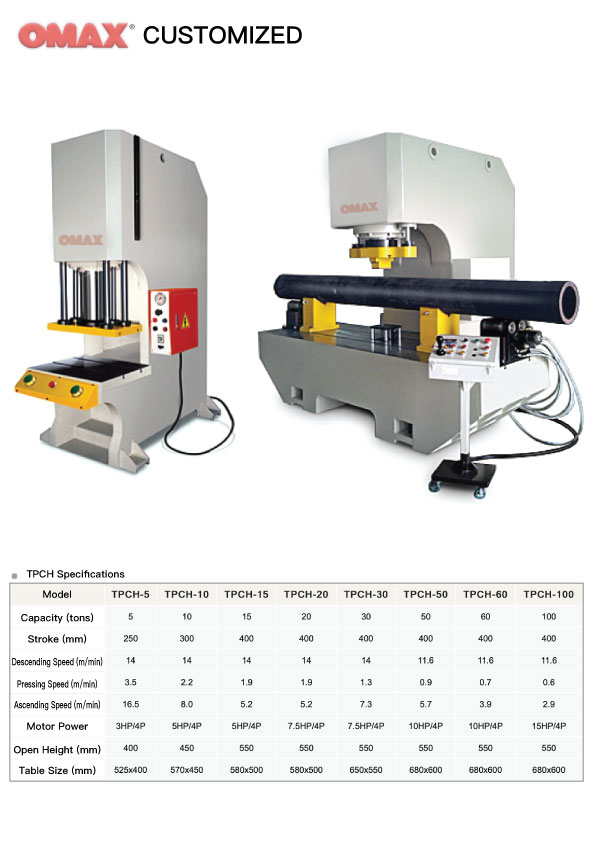
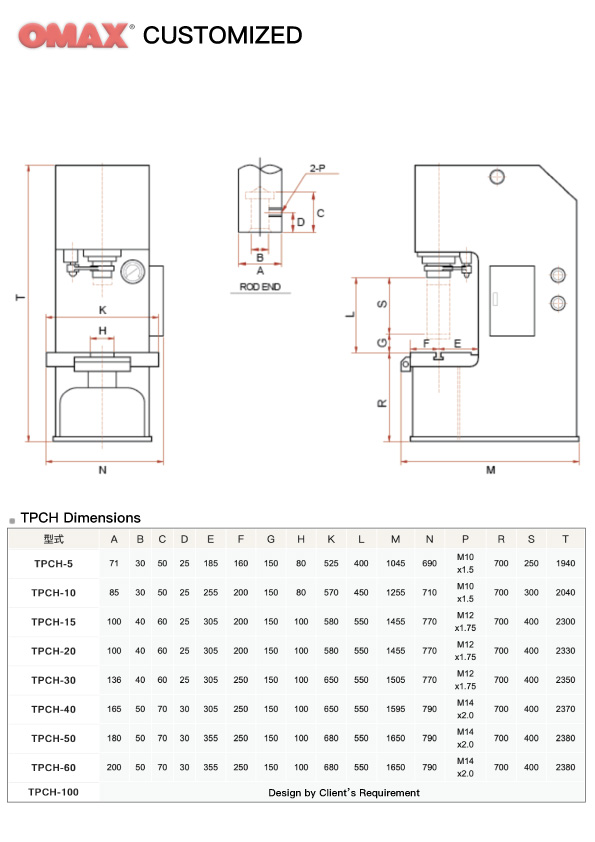
 English
English  繁體中文
繁體中文 日本語
日本語